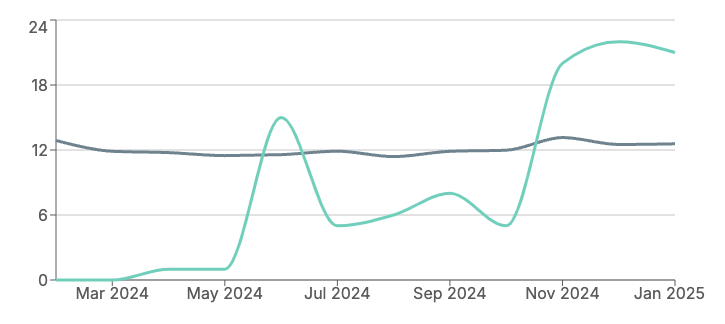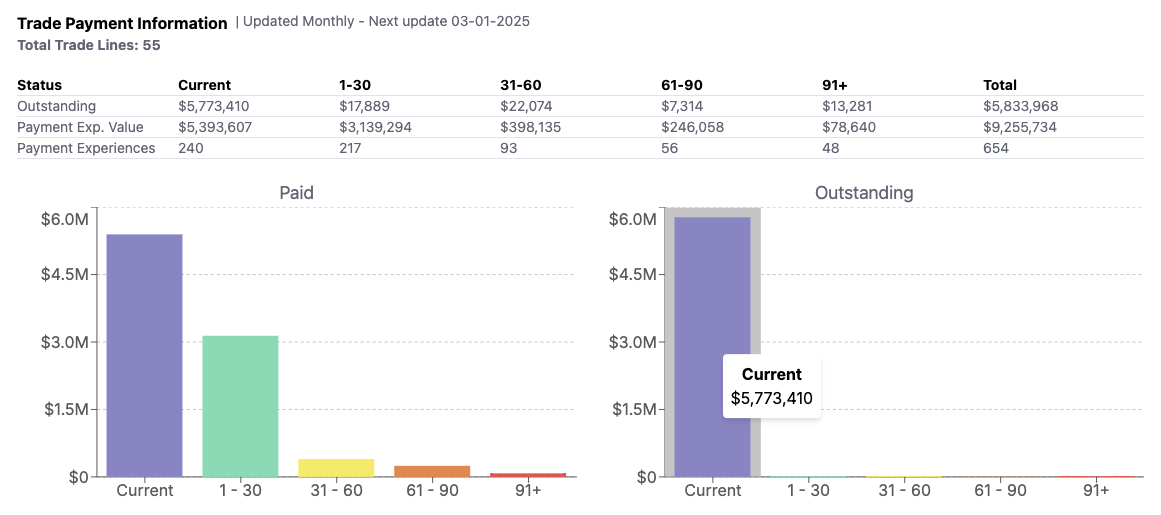Insights and Updates
.png)
Nikola's Bankruptcy: Learnings from the Fallout
Once a darling of the EV space, we dive into what led to Nikola's downfall.
The electric vehicle (EV) space, once seen as a beacon of future innovation, has faced significant turbulence in recent years. The most recent and high-profile casualty is Nikola Corporation (NKLA), a public company which filed for Chapter 11 bankruptcy protection in February 2025. This marks the final chapter in the company’s fall from grace, from Wall Street darling to distressed startup.
EV Struggles in a High-Stakes Game
The dream of transforming the transportation industry has driven several startups in the EV and clean energy sectors. However, many companies, like Nikola, struggled to deliver on ambitious projections:
- Canoo: Filed for Chapter 7 in January 2025, citing liabilities exceeding $50 million.
- Fisker Inc.: Setbacks led to federal investigations and ultimately bankruptcy.
- Arrival: A British bus-maker's 2024 filing marked the end of a billion-dollar valuation.
- Proterra: An electric bus manufacturer filed in 2023 after two decades of operation.
The trends underscore the significant volatility in a high-stakes market.
So, What Went Wrong at Nikola?
Where to start? The warning signs date back a few years with consistently trouble detected at the company.
1. DBT Increases Over Time. The company relied heavily on investments and occasional credit lines. As business soured, their DBT soared to nearly double the industry average in November 2024. Notably, the company's largest unsecured creditor is the U.S. Securities and Exchange Commission (SEC), with a claim of $80 million.

2. Trade Balances and History. Nikola has $5.8M in "Current" outstanding balances with creditors, while only $60K is overdue. On the surface, this suggests they were keeping up with payments. However, it's more likely they were paying select suppliers while delaying others as cash ran out.

3. Shrinking Headcount. As early as July 2023, the number of employees fell by a drastic 12%. Their employee base stabilized before nosediving again in October 2024. They alerted via WARN notice their plans to cut another 855 jobs in Arizona amid their filing.

4. Financial Strain: Nikola relied heavily on external funding to fuel its growth. But with mounting debts and limited revenue, the company found it difficult to sustain operations. Below are some key takeaways from their financial statements:
- Deep Losses: Operating income hit - $140.94M, indicating their inability to generate profit.
- Rising Costs: SG&A soared to $126.16M, which was nearly double its $63.99M in sales.
- Costly Debt: Interest expenses jumped 328.5% to $76.02M, worsening finances.
- Persistent Losses: Despite 29.5% sales growth, net profit remained - $481.18M.
And several other factors contributed to their downfall:
- Overpromising & Underdelivering: Bold claims drew investors, but missed deadlines and exaggerated promises eroded confidence.
- Legal Troubles: Founder Trevor Milton’s fraud charges damaged Nikola’s reputation and diverted resources from fixing operational issues.
- Manufacturing Challenges: Delays, technical issues, and cost overruns stalled Nikola’s hydrogen truck production, eroding trust with customers and investors.
It's clear this was not an overnight failure—as anyone following along could surmise. However, the issues brewing beneath the surface could have been identified in advanced for those who knew where to look.
Proactive Credit Strategies
If your team is dealing with emerging and high-risk sectors like electric vehicles, here's how to stay ahead to avoid losses:
- Conduct Thorough Due Diligence: Always assess a company’s ability to meet financial and production milestones. Don’t rely solely on projections or flashy presentations—verify the company’s ability to deliver.
- Monitor Legal and Regulatory Risks: Ongoing investigations or legal challenges, like those Nikola faced with its founder, can dramatically affect financial stability. Stay updated on potential regulatory issues when evaluating credit risk.
- Diversify Your Portfolio: Avoid overexposure to volatile industries. Balance your portfolio with a mix of stable and high-growth companies to reduce risk.
- Leverage Technology: Tools like Credit Pulse can provide a technological edge in managing risk. By using AI-driven insights and continuous monitoring, credit managers can track financial health in real time and make smarter, faster decisions.
Even the most promising technologies and industries come with potential risks. Learning from lessons and getting proactive minimizes your exposure to protect your business from losses.
Subscribe to our Newsletter
Stay up-to-date on the latest news & insights



